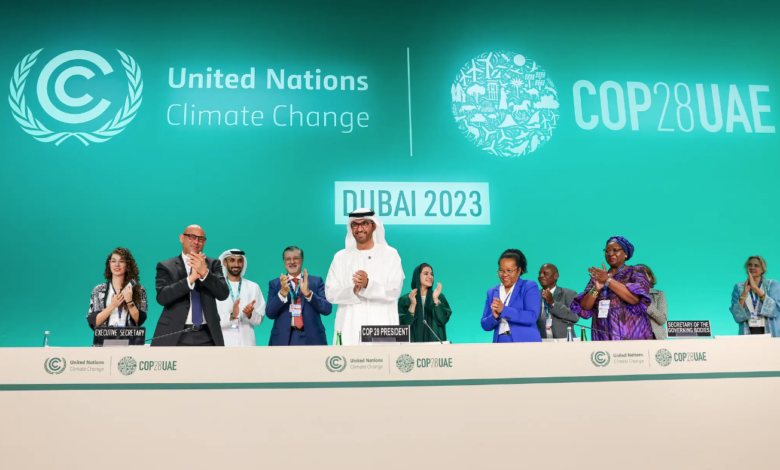There is an agreement on the Loss and Damage Fund, surprise at COP28

The Loss and Damage Fund is the new pillar of global climate finance
The first surprise of the Cop28 in Dubai comes a few hours after the start of the climate summit. The first plenary session approved, by consensus, the Loss and Damage Fund. It was one of the hottest dossiers, on which the nearly 200 member states clashed for months during the preliminary stages of negotiations. Even in mid-November, it seemed that the knots to be untied were still many. Instead in less than 24 hours came the final yes.
The UAE presidency thus snatches a first, great victory: injecting more equity into climate finance and consolidating the concept that to complete an ecological transition that is also just rich countries must do more.
What is the Loss and Damage Fund
After more than 10 years of negotiations, last year the Cop27 of Sharm el-Sheikh finally reached a preliminary agreement on the creation of the Loss and Damage Fund (Loss & Damage). It is a compensation fund for the losses and damage that the countries most vulnerable to the climate crisis should receive from the richest countries.
Proportionately, the former has less responsibility for triggering and aggravating anthropogenic global warming than the world’s largest polluters today, which often are also the countries that have consumed significant shares of the global carbon budget because of protagonists of the industrial revolution. Whether we look at current issues or historical issues, it is clear that the balance of responsibility is not on par.
The Loss and Damage Fund recognizes this situation and helps to mitigate another problem: the countries most vulnerable to climate change are generally also those with the most fragile economies. The risk, therefore, is that their budgets will increasingly be used to cope with climate emergencies, thereby subtracting resources for adaptation and transition. The idea of Loss and damage is to prevent a sort of “debt trap” in climate.
What is clear and what is not of the Loss & Damage fund
The surprise at the flash approval of the Loss and Damage Fund also stems from the fact that the text of the agreement hardly anyone likes it. Usually this situation – very common at the climate summits – results in long negotiations that can be resolved a few hours before the end of the summit, or even out of time. It happens above all with the decisive themes, as is precisely the turning point in climate finance represented by the Loss & Damage dossier.
That is not the case. Certainly, because there has been some convincing work on the part of the UAE presidency. Is it enough to explain the okay given in a hurry? Maybe not. The feeling is that the Loss and Damage Fund, which now become fully operational, is still to be built. The details, which details are not, will define its importance and actual utility. And it is on these details that COP28, probably, wanted to sign a momentary truce. Better take an easy victory now and postpone hostilities. Especially if neither of the two large blocs of countries that have faced each other on the form, role and capacity of the Fund think they have enough strength to pass their proposals.
What do we know about the Fund? The only fact is that it will be hosted by the World Bank. It means that governance is mainly in the hands of the rich countries, the United States in the lead, who control the institution created in Bretton Wood. Developing countries (and China) wanted it to be hosted by the UNFCCC so that governance was distributed more fairly.
We do not know, however, how much money will be available, what the target is for funding to be mobilised and within what time frame, nor exactly who should contribute to the Fund and who is entitled to receive the money. All key points to understand how it will work – and if it really works – the Loss and Damage Fund.





